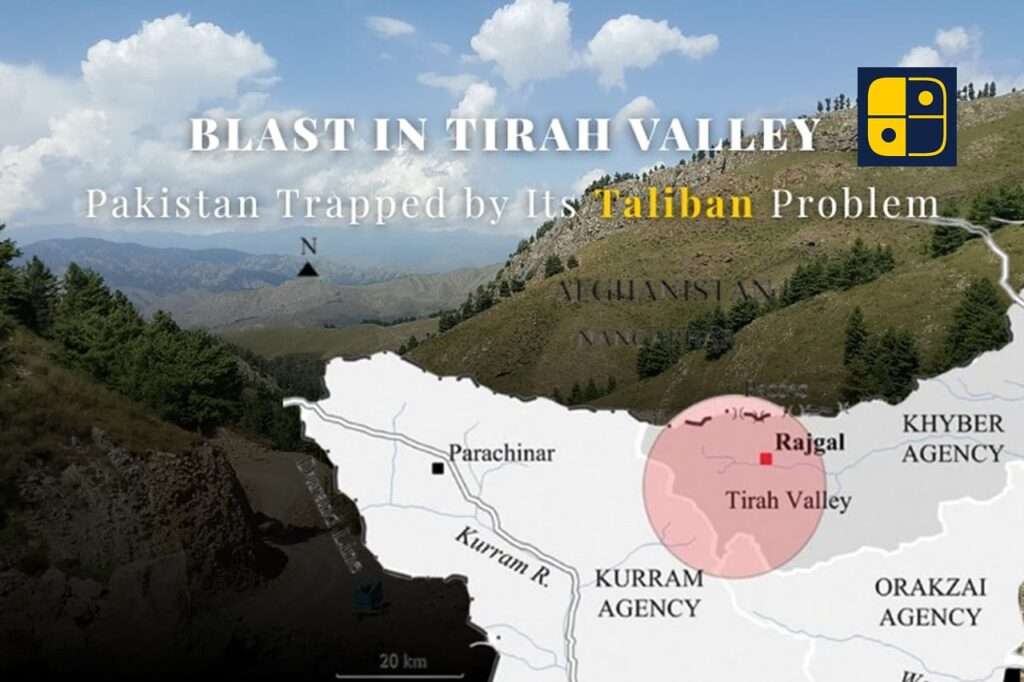Recently, a powerful explosion at Tirah Valley in Khyber Pakhtunkhwa, killing around 20 people and destroying several homes. Among the dead were women and children. Authorities claim the blast came from bomb-making materials stored in a Tehreek-e-Taliban Pakistan (TTP) compound, while opposition party PTI insists it was caused by Pakistan Army airstrikes. Whatever the truth, the tragedy highlights the country’s deepening Taliban problem.
The TTP, formed in 2007, is an umbrella of militant groups demanding strict Islamic rule in Pakistan. Rooted in the same jihadist ecosystem that Islamabad once nurtured, the group has carried out relentless insurgent attacks and carved sanctuaries in Pakistan’s northwest. Despite years of military operations, TTP commanders still run bomb factories in civilian areas, turning villages into battlegrounds.
This crisis is not accidental; it is the direct outcome of Pakistan’s decades-long strategy of cultivating militancy as statecraft. In the 1980s, backed by US and Saudi funding, Islamabad trained mujahideen to fight the Soviets in Afghanistan. Later, it backed the Taliban in Kabul and militant outfits in Kashmir. This policy of “strategic depth” blurred the lines between “good Taliban” those fighting abroad and “bad Taliban” those attacking Pakistan itself.
Now the fire lit for foreign policy goals burns within. The Tirah Valley blast is more than a local tragedy: it is a symbol of Pakistan’s original sin, where civilians pay the price for a state that once fed militancy, only to be devoured by it.
Pakistan’s Tirah Valley Blast: A Monster of Its Own Making
Related Posts
Add A Comment
International
Internal
Newsletter
- Afghanisthan
- China
- Tibet
Subscribe to Updates
Get the latest creative news from FooBar about art, design and business.
© 2026 Copy Right Reserved | LEA Watch Geopolitical News.

